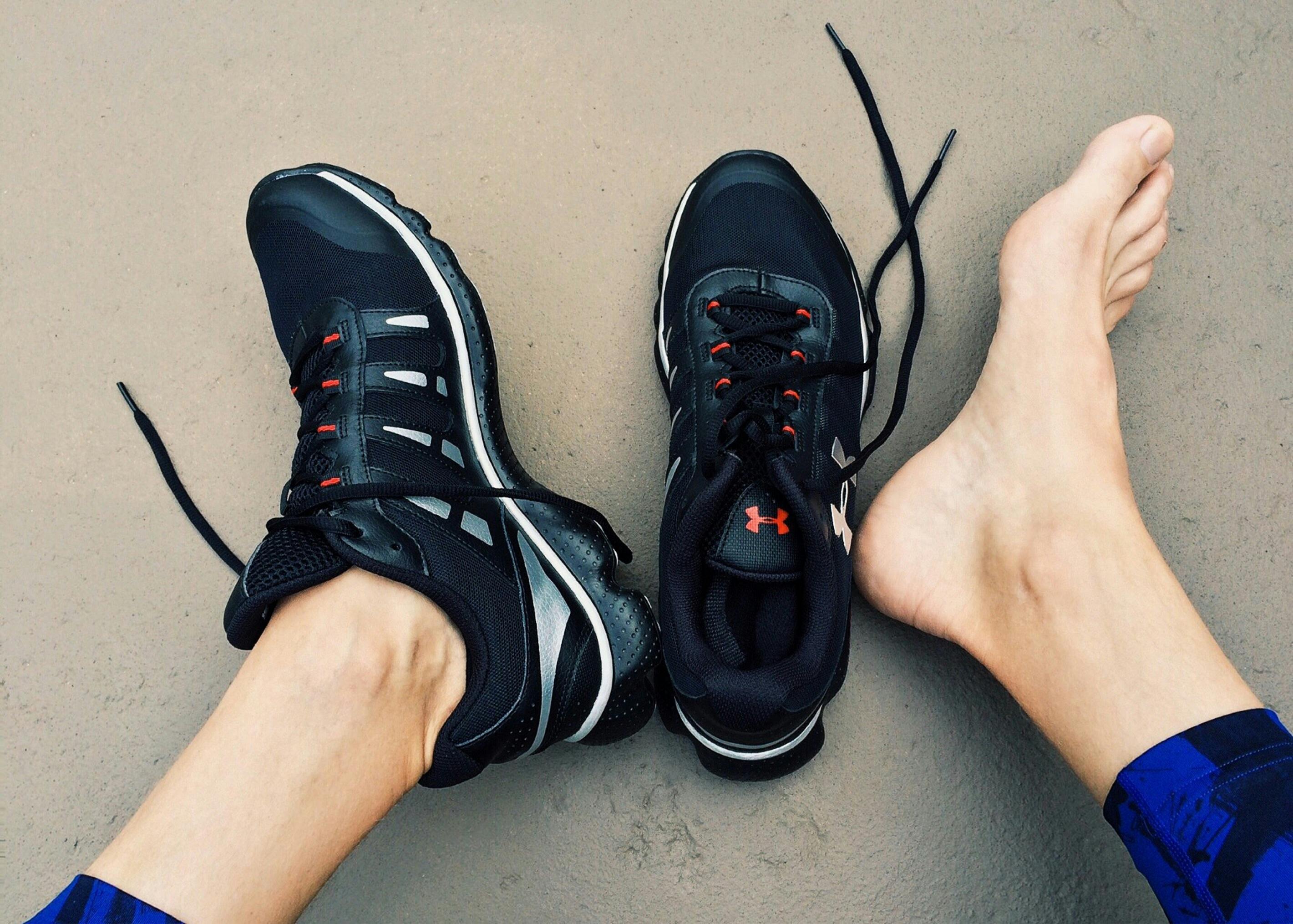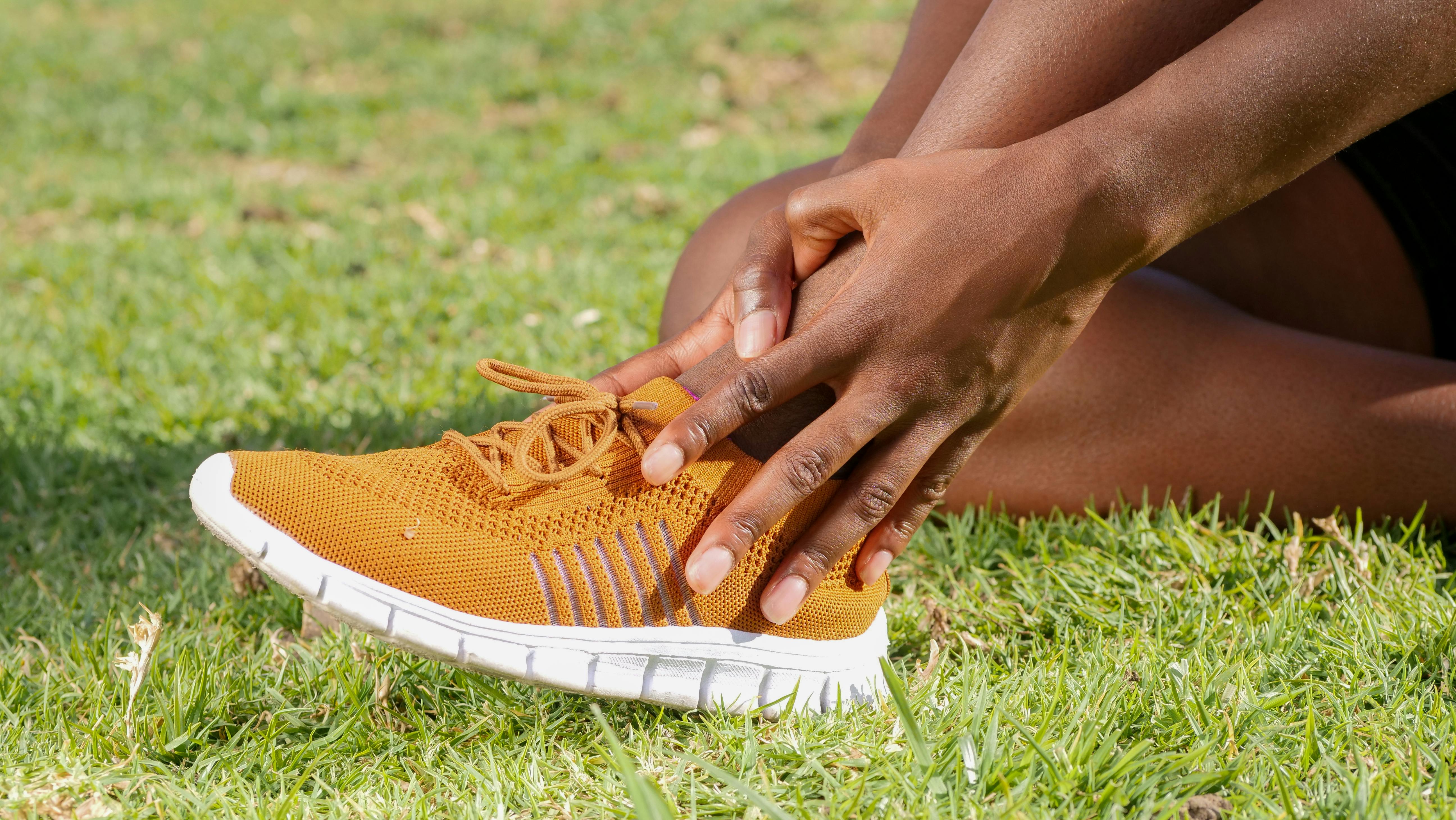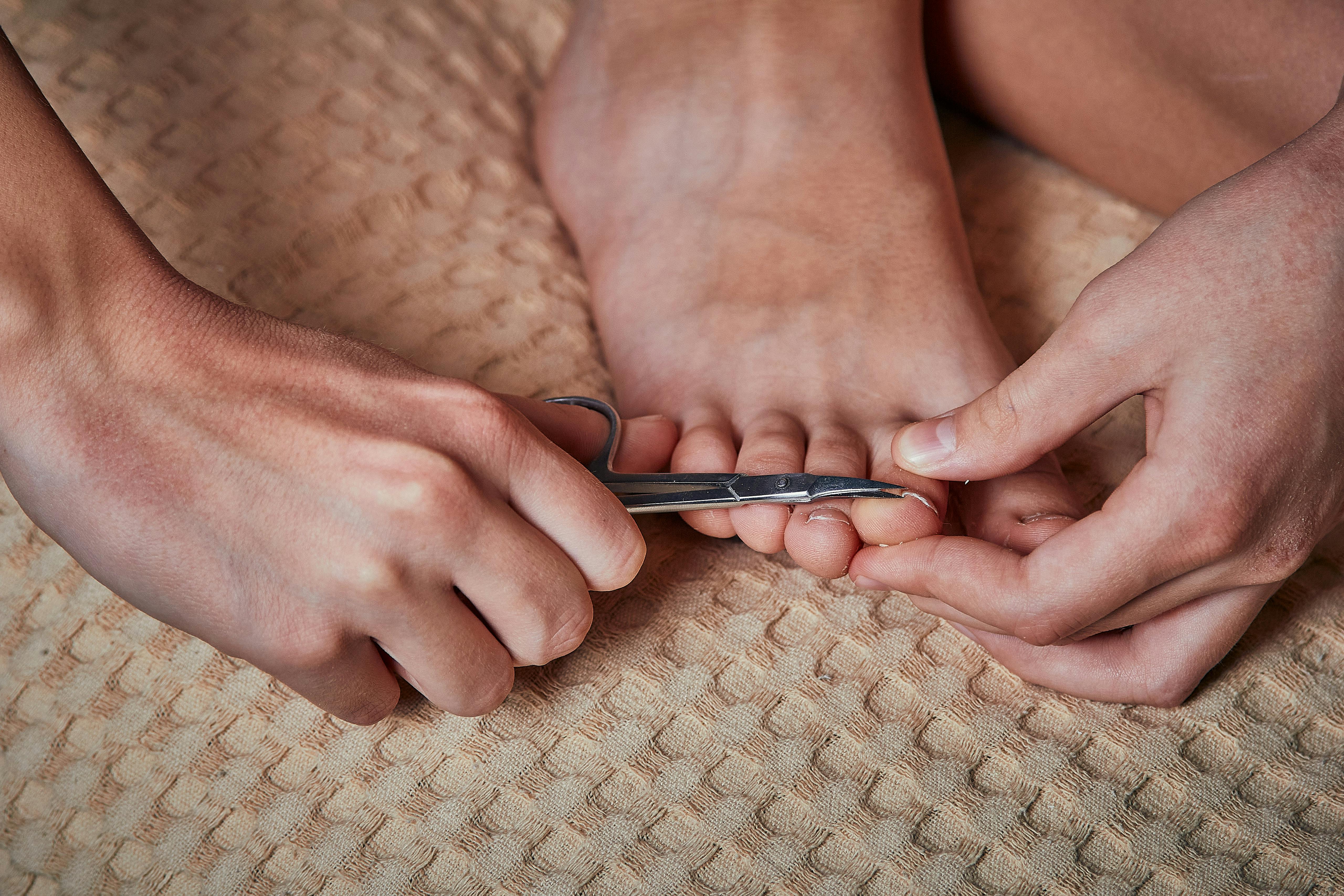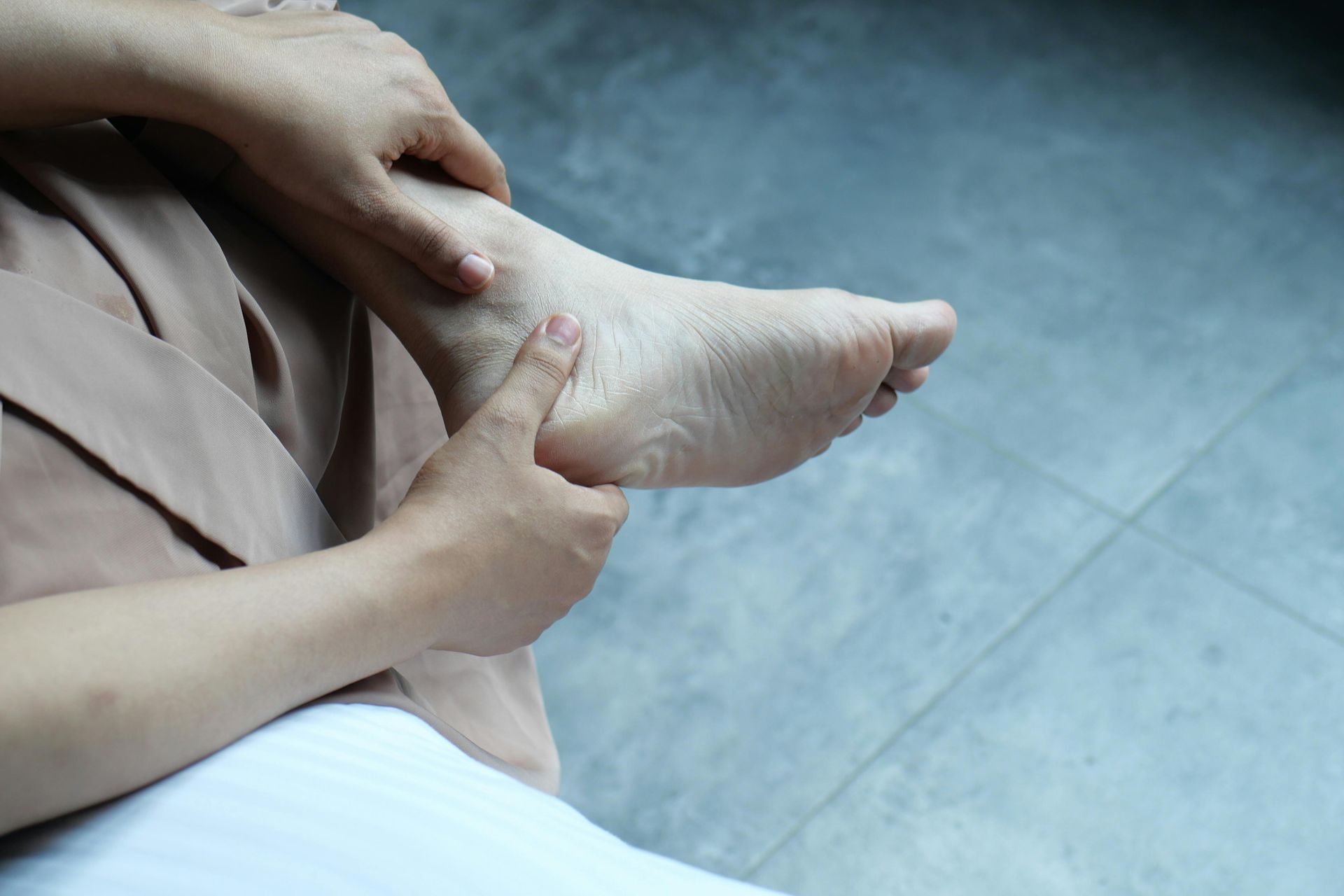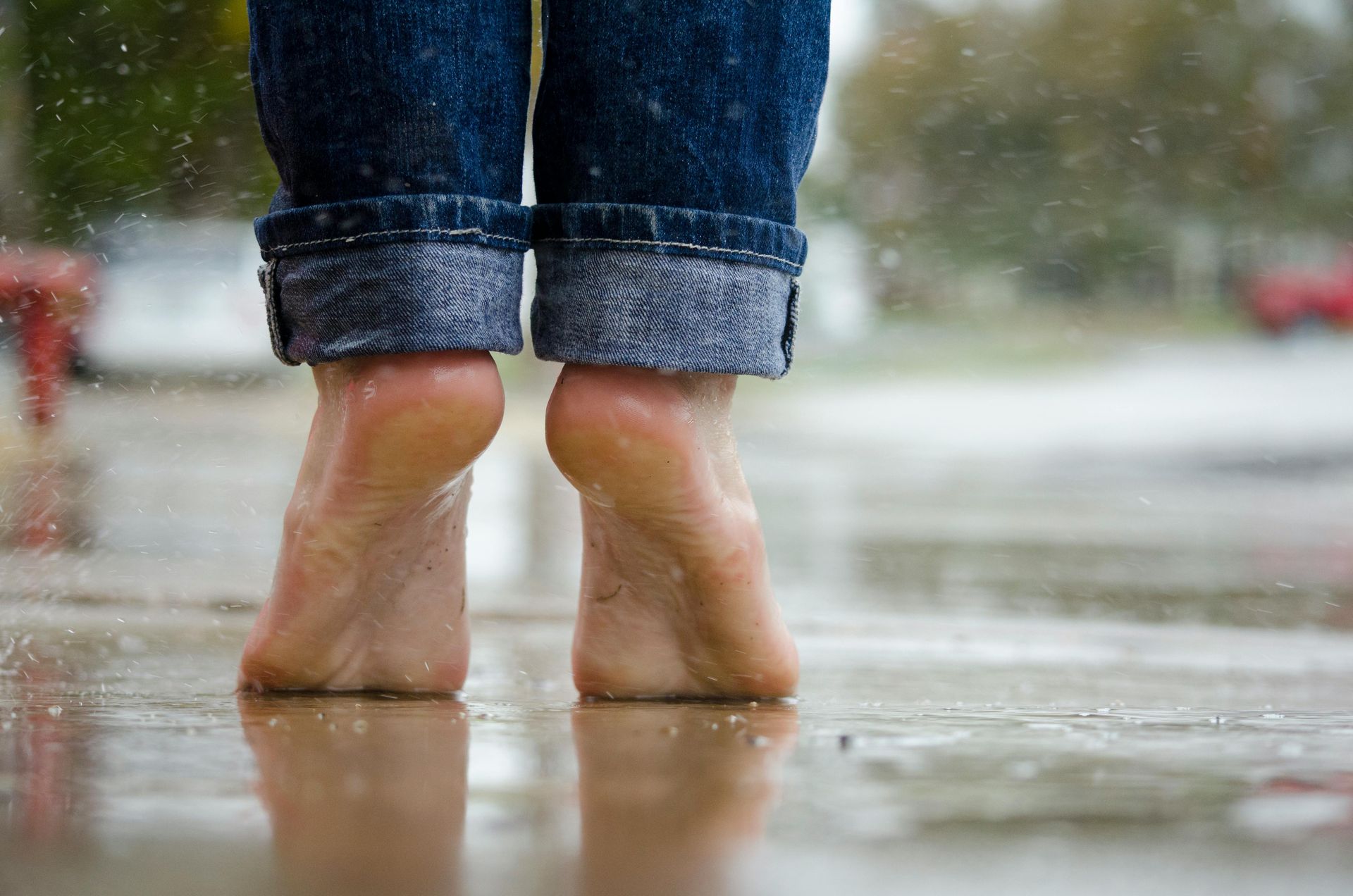HOW TO PROTECT YOUR FEET IN WINTER
Cold, wet weather can be tough on your feet. From chilly toes to dry, cracked skin, winter brings a unique set of challenges that can increase the risk of discomfort, skin problems, and even infections.
Whether you’re out for a winter walk, commuting to work, or staying warm indoors, a little extra foot care goes a long way. Here are practical tips to keep your feet healthy, warm, and pain-free all winter long.
1. Keep Your Feet Warm — But Not Sweaty
When temperatures drop, it’s essential to keep your feet warm to maintain good circulation.
Wear warm, moisture-wicking socks (wool blends work well).
Avoid socks that are too tight, as they can restrict blood flow.
Change out of damp socks as soon as possible to prevent chill and fungal infections like athlete's foot.
👉 Tip: If your feet get cold easily, layering thin socks with insulated shoes can help.
2. Choose the Right Winter Footwear
Your shoes or boots should keep feet both warm and dry. Look for:
Waterproof or water-resistant materials
Insulation for warmth
A non-slip sole for good grip in wet or icy conditions
Make sure there’s enough room in the shoe for your socks and toes to move comfortably. Tight shoes can make feet colder and increase the risk of circulation problems.
3. Moisturise to Prevent Dry, Cracked Skin
Cold air and indoor heating can dry out the skin on your feet, leading to itching, cracking, and discomfort.
Apply a rich foot cream daily, especially to the heels.
Avoid putting cream between the toes, where excess moisture can cause fungal infections.
Consider using a heel balm if you’re prone to cracked heels.
4. Keep Feet Clean and Dry
Good hygiene is especially important in winter.
Wash feet daily with warm (not hot) water and gentle soap.
Dry thoroughly, paying extra attention between the toes.
If you wear boots all day, let them air out overnight to prevent moisture build-up.
5. Look After Circulation
Cold weather can make circulation problems more noticeable, especially in older adults or people with diabetes.
Keep moving — gentle foot exercises or walking can help improve blood flow.
Avoid sitting with legs crossed for long periods.
Wear warm socks and shoes indoors if your feet get cold easily.
6. Check Your Feet Regularly
Winter is a time when small issues can quickly turn into bigger problems if unnoticed. Look out for:
Cracks in the skin
Redness or swelling
Areas of numbness or tingling
Signs of fungal infection
If you have diabetes or circulation concerns, daily checks are especially important.
7. Don’t Ignore Foot Pain or Skin Problems
Even minor discomfort shouldn’t be dismissed in winter. Cold, damp conditions can make problems worse. If you notice persistent pain, changes in your skin or nails, or sores that won’t heal, it’s best to book a podiatry appointment early.
👣 Warm Feet, Healthy Feet
Winter doesn’t have to mean sore or uncomfortable feet. With the right footwear, daily care, and a little extra attention, you can keep your feet warm, healthy, and ready to carry you through the cold months.
If you have ongoing foot pain or notice changes in your feet this winter, a podiatrist can help with tailored advice and treatment to keep you moving comfortably.
Recent Posts
